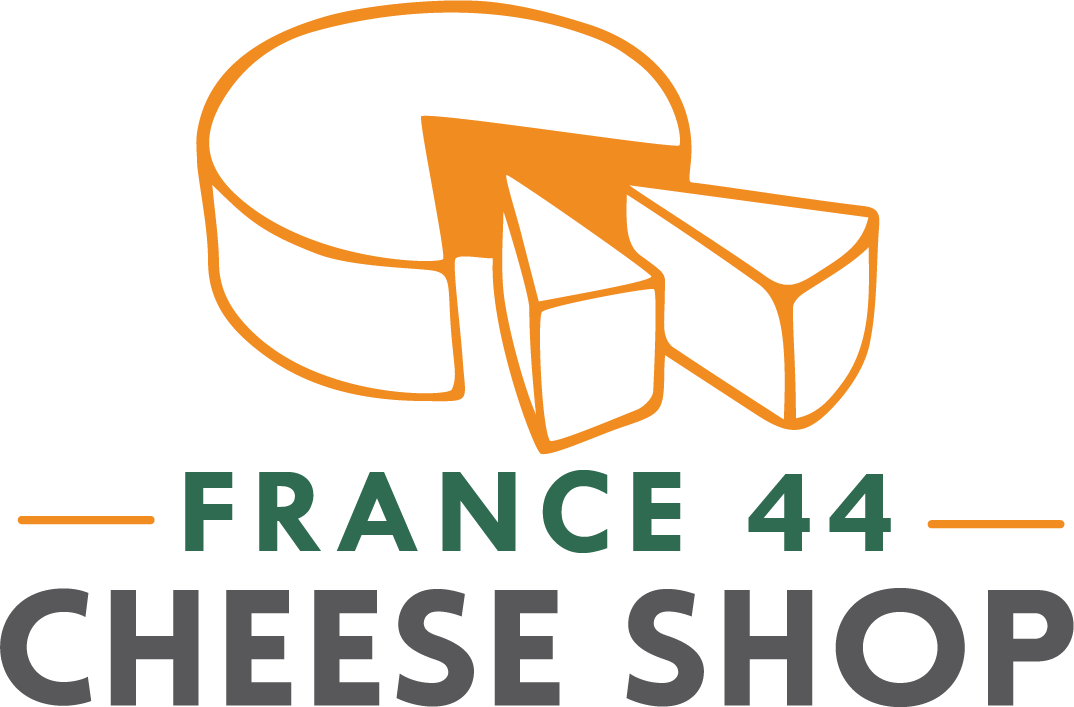by Sophia Stern
Just north of San Francisco, cows graze on grassy cliffsides overlooking the Pacific Ocean. Mount Tamalpais looms in the distance. Beautiful Red Woods and Cypress trees grow nearby. Here, Cowgirl Creamery creates some of the countries most famous cheeses, including the beloved Mt Tam. For some of you, Mt Tam is a familiar favorite. If you aren’t acquainted, this soft little cheese is a delicious, triple-cream made with cow’s milk in the North Bay. Fluffy, buttery, and so delicious, Mt Tam will please your entire Easter crew. This batch of Mt Tam is young and delicate, so for the pairing we’ve gone with the easiest-going white we could think of: light and delicious Domaine de l'Idylle Savoie Cruet from France. This wine lets the Mt Tam shine and goes beautifully with all the asparagus, quiche, and spring things around your Easter table.
Cowgirl Creamery began with college friends Sue Conley and Peggy Smith. They’d been introduced to the California food scene on a trip to the Bay in 1976 when food revolutions like Farm-to-table and the Back-to-the-land movement were taking off. After several decades in prestigious food careers, Sue and Peggy came back together to create Tomales Bay Foods, a foods business championing Californian agriculture and local food traditions. Their business featured a small cheese making operation that bore Mt Tam and other iconic cheeses before becoming the most well known aspect of their business. Made with pasteurized milk from cows foraging on the costal pastures, Mt Tam is earthy, slightly salty, and so decadent. It’s a reflection of the unique landscape of the northern California coast. Although they have many cheeses, Mt Tam is definitely the most iconic and with good reason. It’s buttery and rich, while still being pretty easygoing and fresh as spring air.
To let the Mt Tam shine, we’ve gone with the Domaine de l'Idylle Savoie Cruet. Made of 100% Jacquère, a typical Savoyard grape variety, this wine has a light floral aroma and subtle notes of pear and citrus. Grown in some of the best clay and limestone soils in all of Savoie, sunny days and cool nights create this mature and crisp wine that’s easy on the palate. This bottle offers the Mt Tam just enough acidity and fruit to make the cheese all the more craveable. Although delicious enough, Mt Tam also shines with sweet, sour and spicy spreads. Our favorite is the American Spoon Sour Cherry Preserve, but honey or jam do the trick. If you like it spicy, pick up a hot jam or our one of our new chili crisp products and dab it on. However you enjoy your Mt Tam, we hope this week’s pairing will bring you spring feelings for Easter weekend, even if the weather does not.
